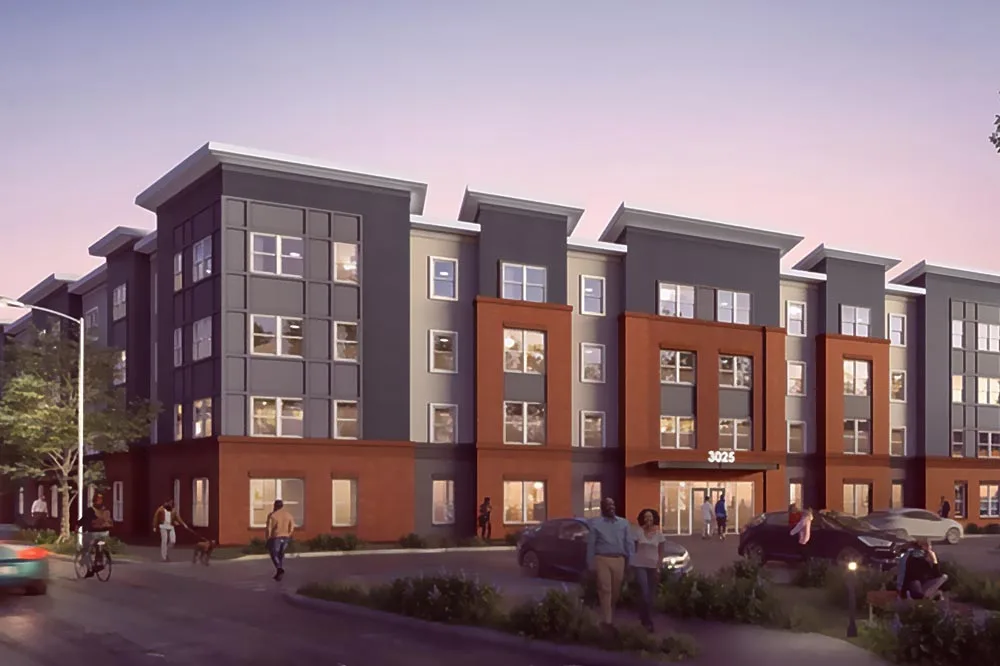
As we look towards the future of living, one of the key considerations is the sustainability of multi-unit residential buildings. With the global population growing and urban areas becoming more densely populated, the importance of creating sustainable living spaces has never been more crucial. From energy efficiency to waste reduction, there are a variety of factors to consider when designing and managing multi-unit residential buildings with sustainability in mind.
One of the most significant challenges in creating sustainable multi-unit residential buildings is reducing energy consumption. This can be achieved through a variety of means, such as using energy-efficient appliances, installing solar panels, and improving insulation.
Another crucial aspect of sustainability in multi-unit residential buildings is waste management. With more people living in close proximity, the amount of waste produced can be significant. Implementing recycling programs, composting facilities, and encouraging residents to reduce, reuse, and recycle can all contribute to a more sustainable living environment. Additionally, incorporating green spaces, such as rooftop gardens or community gardens, can help reduce the urban heat island effect, provide habitats for wildlife, and improve air quality.
Water conservation is also a key consideration when designing sustainable multi-unit residential buildings. By installing water-efficient fixtures, such as low-flow toilets and faucets, as well as implementing rainwater harvesting systems, buildings can reduce their water consumption and lessen the strain on local water resources. Furthermore, educating residents on water-saving practices, such as taking shorter showers and fixing leaks, can help further reduce water usage in multi-unit residential buildings.
In addition to energy, waste, and water, sustainable living in multi-unit residential buildings also encompasses social sustainability. This includes creating a sense of community among residents, promoting diversity and inclusivity, and ensuring that everyone has access to essential services and amenities.
The future of living in multi-unit residential buildings is also likely to see an increase in sustainable transportation options. With more people living in urban areas, there is a growing need for alternative modes of transportation beyond traditional cars. By providing bike storage, electric vehicle charging stations, and easy access to public transportation, multi-unit residential buildings can help reduce residents' reliance on fossil fuels and promote greener modes of transportation.
Furthermore, as technology continues to advance, the integration of smart home systems and energy-efficient technologies will become increasingly common in multi-unit residential buildings. From thermostats that learn residents' preferences to lighting systems that adjust based on natural light levels, these technologies can help optimize energy usage and improve overall sustainability.
In conclusion, the future of living in multi-unit residential buildings is intrinsically linked to sustainability. By reducing energy consumption, managing waste effectively, conserving water, promoting social sustainability, and embracing sustainable transportation options, multi-unit residential buildings can create a more environmentally friendly and livable space for residents.